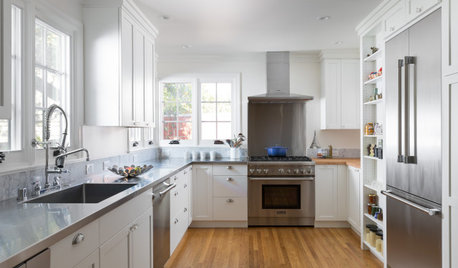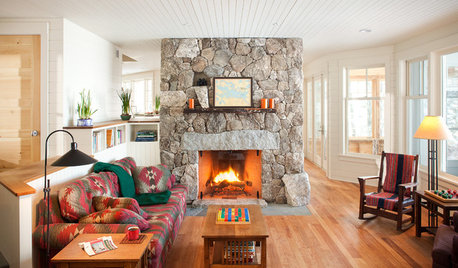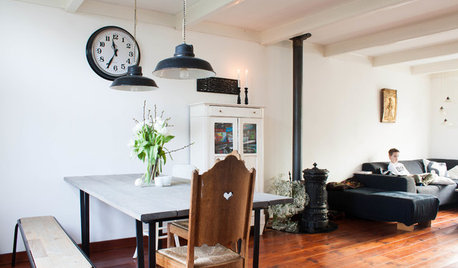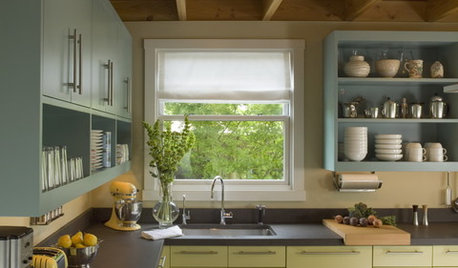Why no steel wool?
catherinet
17 years ago
Featured Answer
Comments (14)
suzyq3
17 years agoRelated Professionals
Athens Furniture & Accessories · Chambersburg Furniture & Accessories · St. Louis Furniture & Accessories · Detroit Furniture & Accessories · Hagerstown Interior Designers & Decorators · Sweetwater Interior Designers & Decorators · Commerce City Kitchen & Bathroom Designers · El Sobrante Kitchen & Bathroom Designers · Flint Kitchen & Bathroom Designers · Martinsburg Kitchen & Bathroom Designers · North Versailles Kitchen & Bathroom Designers · Queen Creek Kitchen & Bathroom Designers · North Druid Hills Kitchen & Bathroom Remodelers · Crestline Kitchen & Bathroom Remodelers · South Jordan Kitchen & Bathroom RemodelersMarigene
17 years agogardenlad
17 years agolindac
17 years agogardenlad
17 years agogardenlad
17 years agolindac
17 years agocatherinet
17 years agogardenlad
17 years agolindac
17 years agocatherinet
17 years agokitchendetective
17 years agowsb260
7 years ago
Related Stories

INDUSTRIAL STYLEHouzz Tour: Wool Store-Turned-Apartment Gets a Glamorous Reboot
An industrial-style penthouse apartment in Brisbane, Australia’s historic Winchcombe Carson building is buffed to a high shine
Full Story
GREEN BUILDINGEcofriendly Cool: Insulate With Wool, Cork, Old Denim and More
Learn about the pros and cons of healthier alternatives to fiberglass and foam, and when to consider an insulation switch
Full Story
HOUSEKEEPINGHow to Clean Stainless Steel
Protect this popular kitchen material with a consistent but gentle cleaning routine
Full Story
DECORATING GUIDESTake the Chill Off With Cozy Winter Textures
Stay warm this fall and winter with your favorite applications of velvet, wool and knits and plenty of woodsy accents
Full Story
HOUZZ TOURSMy Houzz: Going Heavy on the Metal for Industrial-Style Beauty
Steel and iron pieces mix with antiques and heirlooms in an eclectic Netherlands home
Full Story
HOUZZ TOURSHouzz Tour: Natural Meets Industrial in a Canal-Side Washington Home
Wood and steel mix with copious glass in a contemporary new build that seamlessly transitions to the outdoors
Full Story
ECLECTIC HOMESHouzz Tour: Industrial Chic in the Heart of London
Reclaimed oak, black steel, a neutral palette and a touch of marble evoke subdued luxury in a 19th-century building on the Strand
Full Story
HOUSEKEEPINGHow to Remove Water Rings From Wood Tables
You may be surprised by some of these ideas for removing cloudy white water marks from wood surfaces
Full Story
MOST POPULAR8 Great Kitchen Cabinet Color Palettes
Make your kitchen uniquely yours with painted cabinetry. Here's how (and what) to paint them
Full Story
HOUSEKEEPINGHow to Clean Grout — Stains and All
If your grout is grossing you out, this deep-cleaning method will help it look new again
Full StorySponsored
More Discussions






lindac